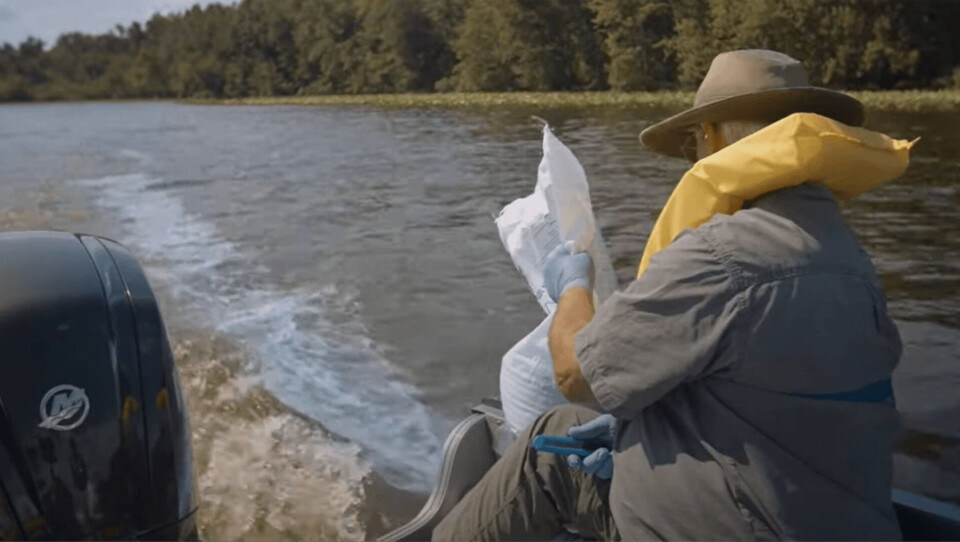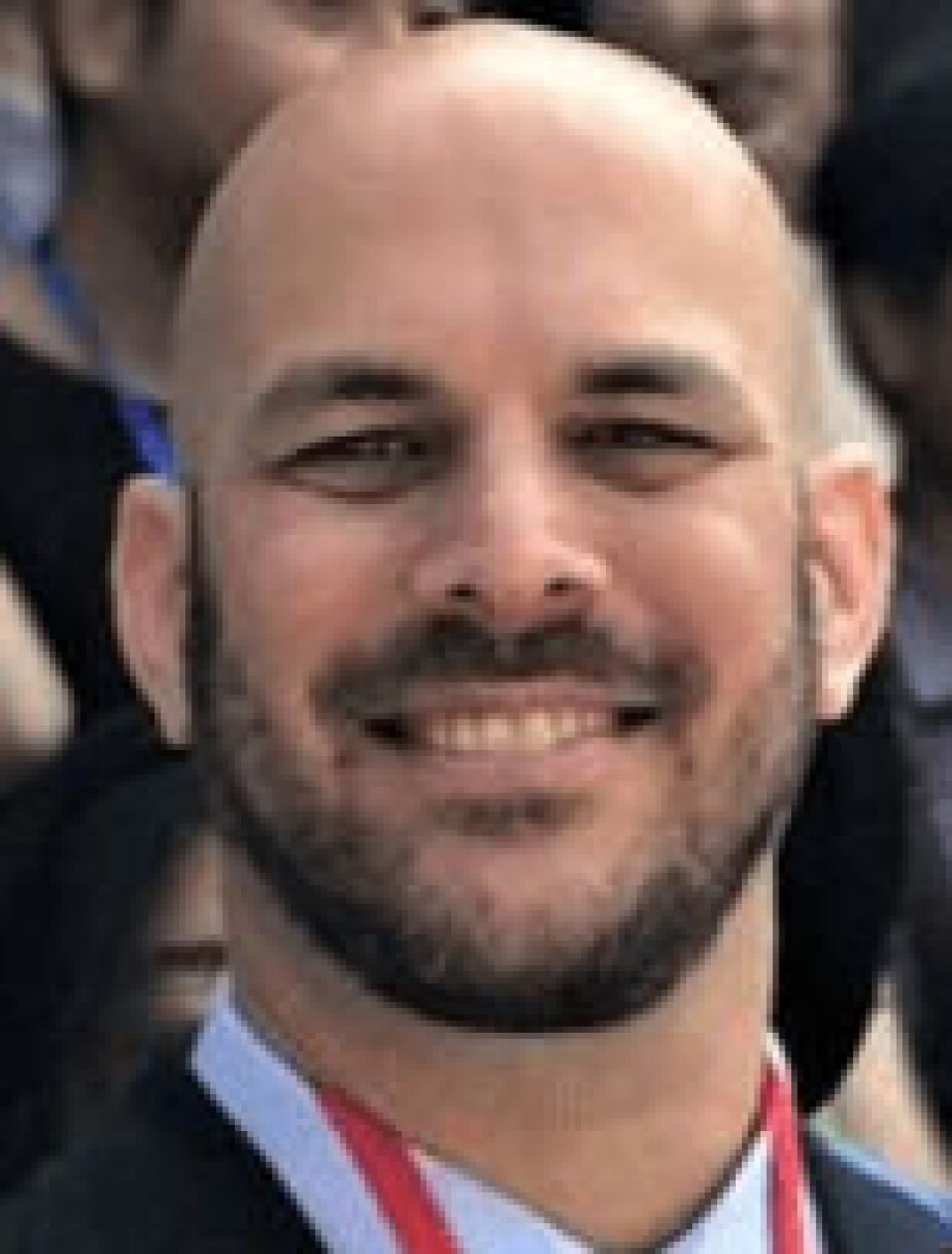
Is this the technology to beat algal blooms?
Harmful algal blooms (HABs) have been responsible for the deaths of millions of farmed salmon worldwide and have proved extremely difficult to combat, but one company believes it may have the answer to at least part of the problem.
BlueGreen Water Technologies, of Tel Aviv, Israel has reformulated market-approved algicides into a slow-release compound, branded Lake Guard, that floats and stays with a bloom as it pushed along by wind and tides.
Lake Guard’s ability to move with the bloom allows the algicides to trigger a reaction which causes the entire toxic algae population to collapse.

Cyanobacterial blooms
The company has already had success tackling cyanobacterial blooms in lakes, fish ponds and reservoirs in the United States, Russia, China and Israel.
Chief executive and co-founder Eyal Harel said the company’s product could be used in the fjords, voes and sounds used to grow salmon by applying it to incoming blooms from a boat or a plane.
The chemicals would not harm the fish as they would be applied some distance from the cages.
Chemical barrier
“If you have a red tide you are too late,” said Harel. “If you tackle it a couple of miles into the sea you can stop it.
“Where you have cages located in a fjord, we can create a chemical barrier that will prevent the entry of the algae into the fjord and will keep it clean.
“These fjords are not only victims of waves coming from far away but are also shallower and with more nutrients.”
Limited approval
Harel said Lake Guard is not just practical but also immediately available and could be applied to a bloom in a matter of hours.
But one problem is that its use isn’t currently authorised in many of the regions where salmon farming is carried out.
“It is not approved in the UK, for example,” said Harel. “We have the product approved in the United States. We can use it all over the world, the European Union is the big exception. I understand the EU is willing to be more flexible under emergency situations.
“I am not sure about Canada, but it can be used in Chile.”
Who will pay?
BlueGreen’s treatments have included a tilapia pond in Israel but the company has not yet tried to promote itself to the salmon industry.
“The reason for that is, who is the paying customer?” said Harel. “If you have a red tide that is maybe 100km wide, who is responsible for that? It is an international problem.
“We are a small start-up company and our ability to handle international relations is limited.
“We are interested in fish farming but we will not tackle it actively right now. We are a small company and have to limit our resources. Our primary priority is drinking water.
“If the [aquaculture] industry wants to lead a move to create the regulatory conditions for it to be used anywhere in the world, we are more than happy to support them.”























































